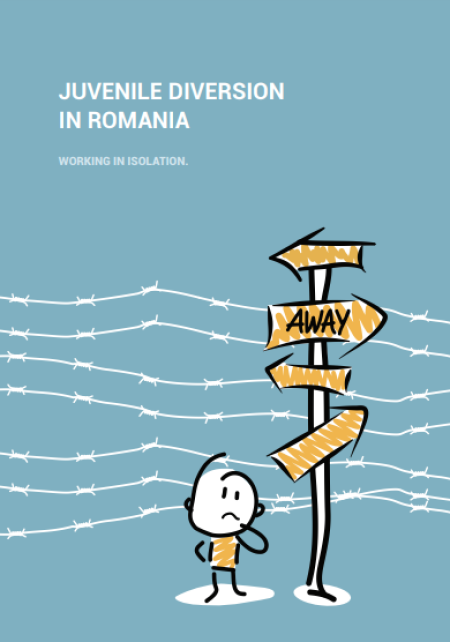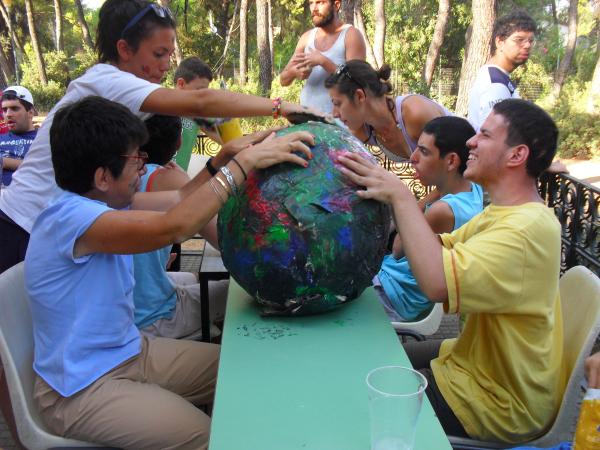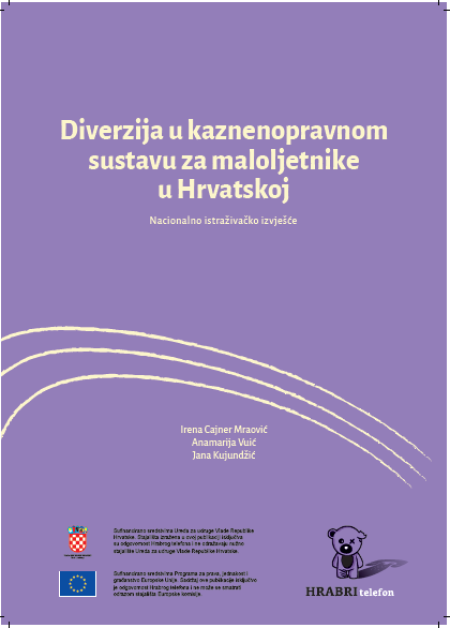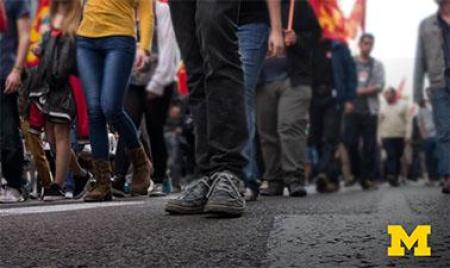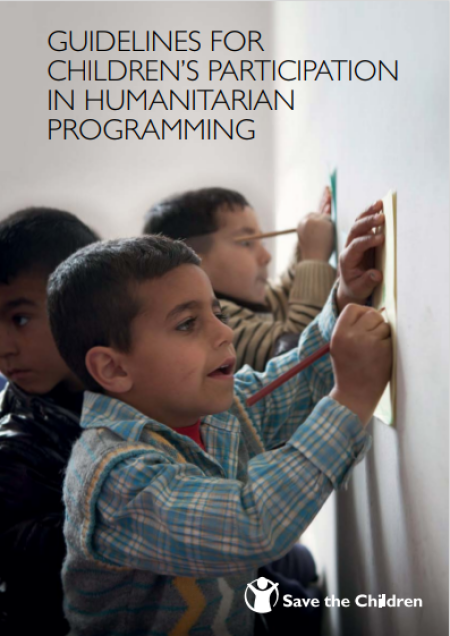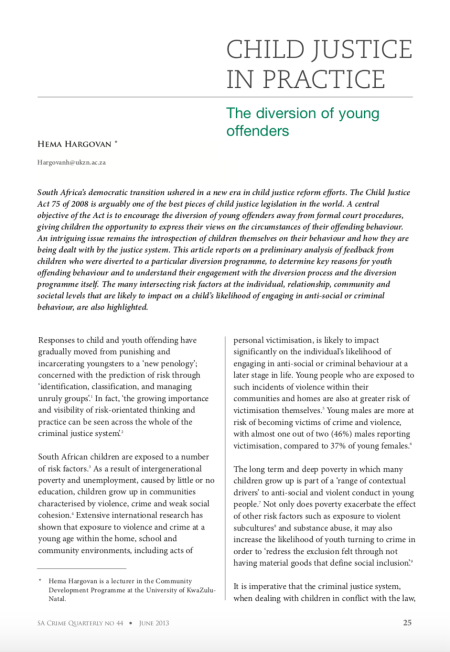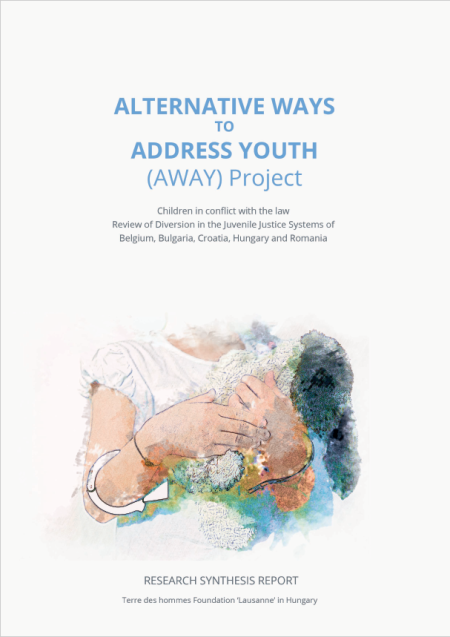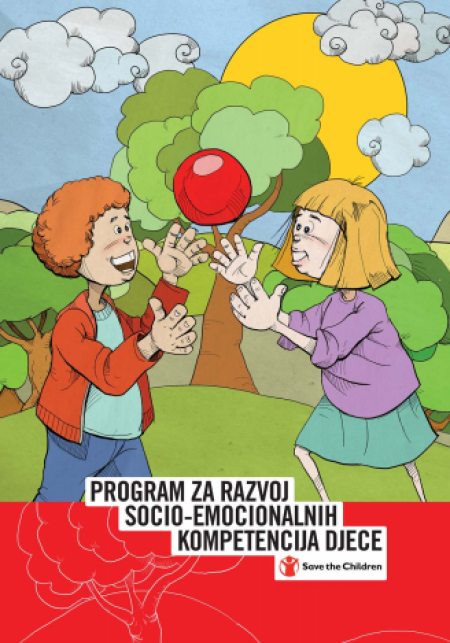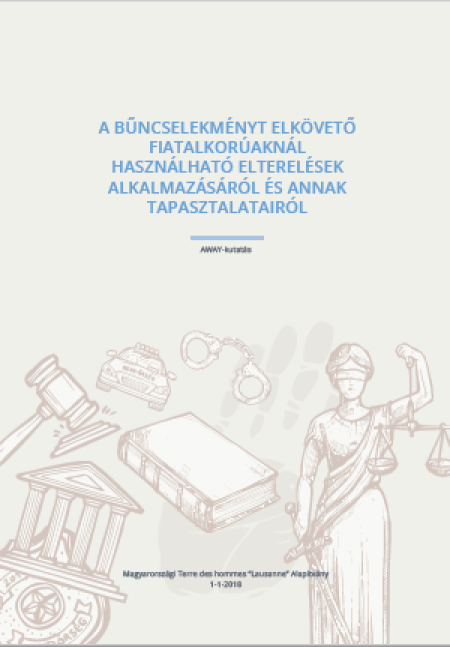
What Is Diversion?
Diversion programs are alternatives to initial or continued formal processing of offenders in the criminal justice system. Where some diversion programs apply to adults who perpetrate less serious crimes or crimes for their first time, these programs may also be applied to youth and children in conflict with the law.
‘Diversion’ is a rather broad umbrella term for a range of practices to redirect youthful offenders from the justice system through programming, supervision, and supports. Arguments that support diversion programs include the following:
- Diverting youth who have committed minor offenses away from the system and towards community-based treatment and support options is a more appropriate and constructive response than confinement, and a more productive way of addressing and preventing future delinquency
- Formally processing youth through the juvenile justice system does more harm than good by perpetuating delinquency through “labeling” or stigmatising and exposing youth to circumstances within juvenile and adult correctional institutions that may in fact increase delinquency
- Some studies have shown that diversion programs are less costly and more effective at fighting recidivism2, due to the redundancy of judicial processes and detention
- Depending on the measures taken, diversion can promote community engagement and enhancement social cohesion
- Deprivation of the child’s liberty can be avoided by using alternatives to detention, while simultaneously reducing psychological damage caused by detention. This allows for the continued development of children in a normal social setting. “The use of deprivation of liberty has very negative consequences for the child’s harmonious development and seriously hampers his/her reintegration in society”3.
- It builds individual accountability and responsibility
- It has a better record of achieving successful outcomes for youth through education, pro-social activities, school and community engagement
- Detention-diversion may allow the accused of continuing their lives and employment prior to the trial, and especially in outcomes where the offender is required to pay a fine or offered a non-custodial sentence, social ties and continued employment are key factors that will enable them to turn over a new leaf
Diversion programs can take different forms:
- Formal programs are typically programs that need to be completed as a condition of diversion, such as paying a fine, undergoing rehabilitation sessions, performing community service etc.
- Informal diversion is when an official in the justice system decides with discretion, whether an offender should be kept out of the justice system
- Diversion programs may vary from low-intensity warn-and-release programs to more-intensive treatment or therapeutic programming, all in lieu of formal court processing.
- Restorative justice, community-based, fine, correctional supervision etc.
- Mental health treatment
- Jail-diversion keeps offenders awaiting trial out of detention
- Drug courts provide the necessary sanctions and services to reform drug offenders without resorting to long-term incarceration
- In youth-run courts (See Federal Youth Courts Program), youth sentence their peers for minor delinquent and status offenses and other problematic behaviors
Diversion programs can occur at multiple stages in the juvenile justice system, ranging from first contact to pre-trial and post-sentencing.
Diversion programs can be implemented at many levels and contexts:
- First contact with the law - typically police officers, may have the option of letting juvenile offenders off with a warning
- Within the juvenile justice system - where juveniles are offered an alternative to criminal justice on certain conditions such as the performance of community service
- In schools.
Download the document below to read more on the subject, including where diversion programs are being used and the evidence says.






